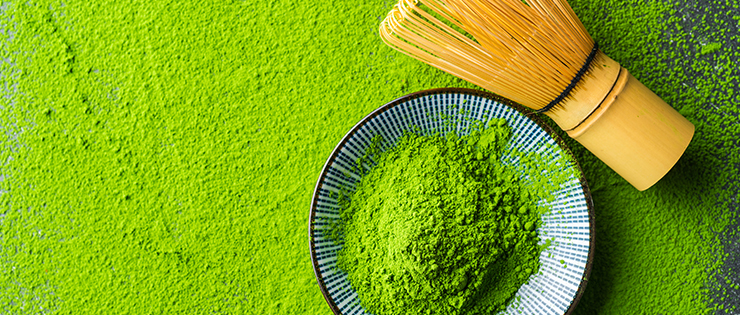
We all know Japan is notorious for having efficient systems and that goes all the way down to their nutrition. Japan can count itself as one of the healthiest countries in the world, with lower levels of preventable diseases like obesity, heart disease and cancer. Taking it one step further, the Japanese island of Okinawa is even included as one of the five ‘Blue Zones’. A blue zone is an area of the world where people are living measurably longer lives. So here are some habits we can try and adopt to try to keep up with the many centenarians eating their way to longevity.
Meat as a treat
It's true, we eat far too much meat these days. Japanese Buddhist Monks have a traditional eating style that pricks a nutritionist’s ear called ‘Temple Food’ or ‘Shojin ryori’. The eating habits consist of eating only vegetarian meals predominantly made up of plant-based protein sources like tofu and tempeh and seasonal vegetables. Interestingly they also practice a ‘rule of five’ when cooking, making sure every meal has five colours (green, yellow, red, black and white) and five flavours (sweet, sour, salty, bitter and umami). Eating red meat a couple of times a week will not only put less strain on your digestive system but in the long run may even help in reducing carbon emissions. Some ways to introduce more vegetarian meals into your diet is to start practising ‘Meat Free Monday’, simply get the whole family or office on board with your new weekly habit. Another hack is to choose fish over red meat, try to prioritise eating oily fish due to its high dose of inflammation-busting omega-3.
Variety
Who gets stuck in an eating rut at times? The saying goes variety is the spice of life and when it comes to nutrition there is a lot of truth in this. Diversity is the word on everyone's tongue and should also be in your gut. Japanese children are encouraged to try lots of different foods. Many Japanese children are encouraged to try and eat at least 30 different types of food per day and 100 per week. Why don’t you have a go at the 30 per day food challenge yourself?
Drink tea
The Japanese culture loves sipping on several cups of their beloved polyphenol-rich green tea, but why stop at one type of leaf, stock up on various botanical combinations as there truly is a tea for every mood. So next time you feel like reaching for a convenient yet unhealthy snack put the kettle on and remind yourself to slow down with a good warming cuppa.
Portion size
A very famous Japanese saying is ’hara hachi bu’ translating as ‘eat until you are eighty percent full’. Mindfulness and eating are a wonderful combination to not only make sure you don’t over eat, but also to make sure you eat preferably when are in a calm state.
Blue zone habits
A blue zone is an area of the world where people are living measurably longer lives. The blue zones are currently Okinawa in Japan, Sardinia in Italy, Loma Linda in California, Nicoya Peninsula in Costa Rica and Ikaria in Greece. Blue Zone habits include eating an 80% plant-based diet, purposeful living, daily walking, daily naps, practising portion control and a strong sense of community. So maybe we should look at eating a little more like the low sugar Okinawan’s by stocking up on some of their shopping list favourites such as rice, sweet potato, tofu, sea vegetables, miso and soba noodles
Walking
If you have ever been to Japan you know the daily commute is busy, so it's not surprising that walking is a big part of a local person’s day. Physical activity is built into their daily routines, light morning exercise being a very popular activity with young and old.
Maybe if we can learn from the people who live the longest in the world, we too can eat and drink ourselves into a longer, healthier and happier life.